Living with the Panasonic Lumix CM1: More camera than anything else
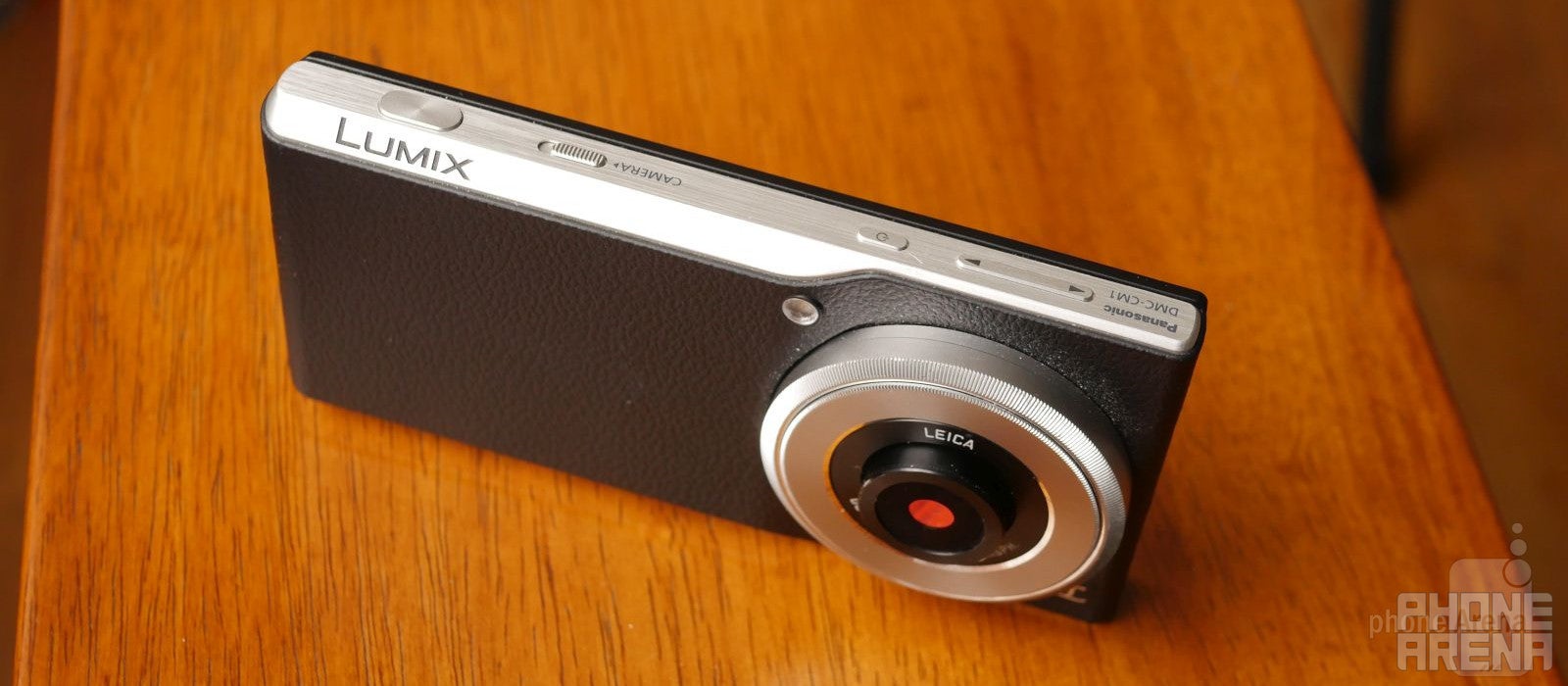
CES 2015 seemed so long ago, especially considering that CES 2016 wrapped up a little close to a few months ago. While I was walking through the packed tradeshow floor, I came across Panasonic’s booth only to unexpectedly get a first hands-on look at the Panasonic Lumix CM1. Factoring in Panasonic’s impeccable reputation for being camera-centric driven, it was no surprise for me to find out that the CM1 fashions together Panasonic’s expertise in camera technology with the power of Android.
Its design is more camera than smartphone
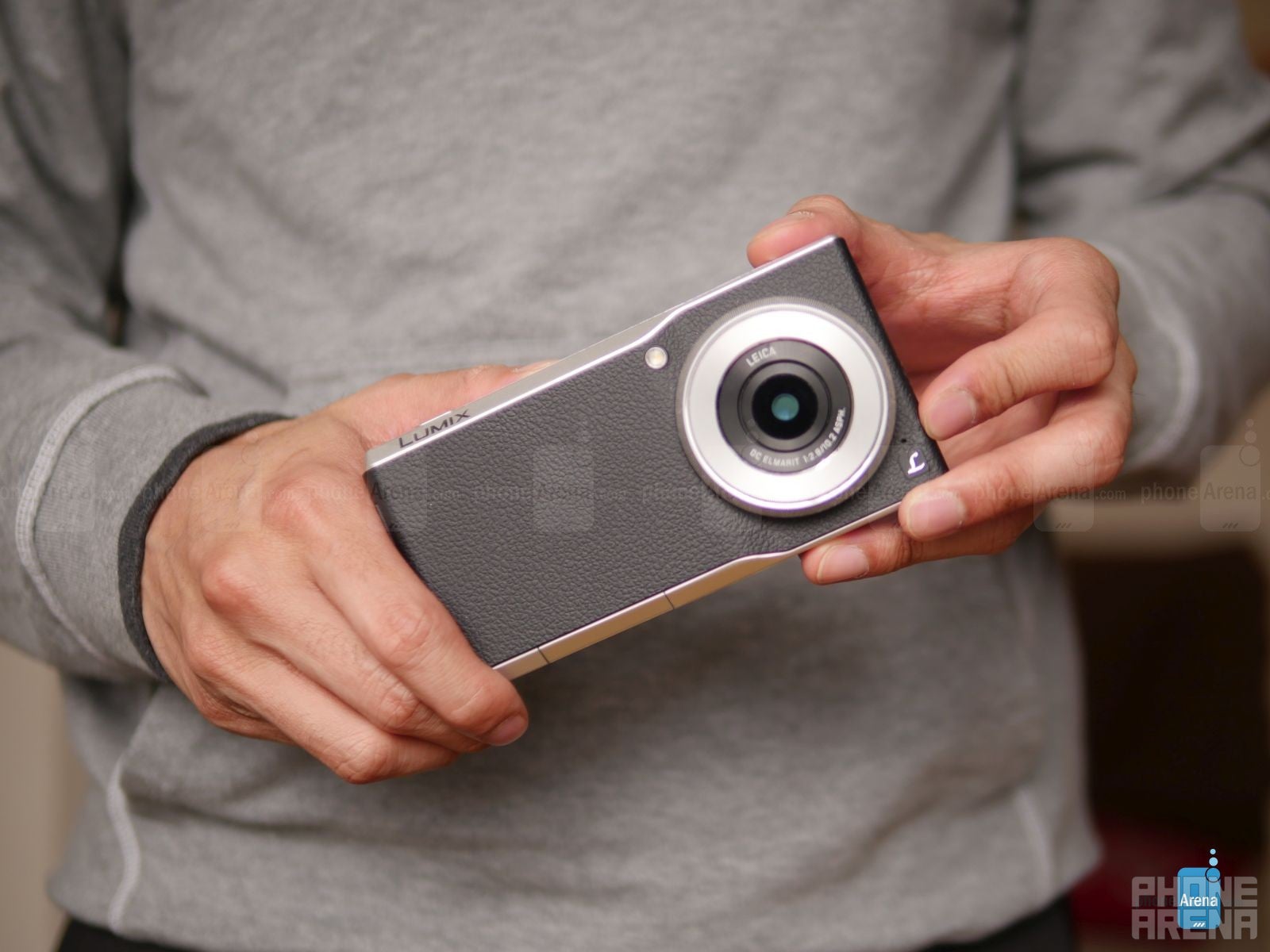
Point & shoot design.
Most of the time using it, people commonly mistook it for a digital camera, unaware that it’s truly a fully functioning smartphone. Of course, the beefy camera sensor sticking out, in addition to the leather surface, are traits that complete the look of a conventional camera. While the rotating ring around the camera is used to function as a zoom in most cases, or even as a manual focus, I’m surprised that a camera-centric phone like this lacks an attachment for a lanyard – as well as a standard tripod mount.
Stock Android for the most part, but what about timely updates?
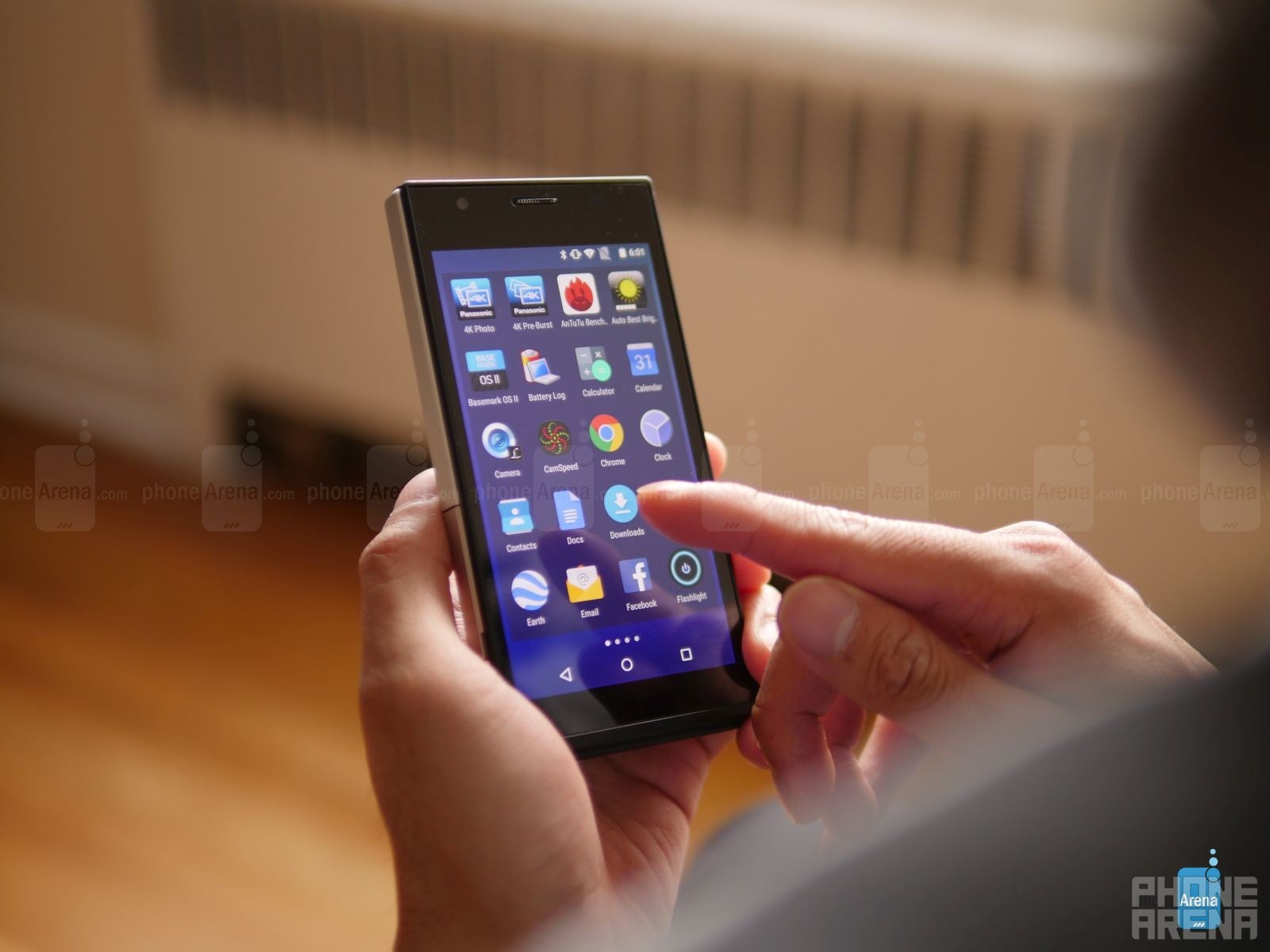
It's a mostly stock affair.
However, the one lingering question that’s been floating in my mind throughout my time using it, is whether or not it’s going to receive future Android updates. Panasonic doesn’t have the reputation of Samsung, or even an LG, so it’s unclear if the CM1 will be treated to major software updates. And knowing that it’s been technically available in some markets since late 2014, you would kind of hope it would’ve been given the Marshmallow treatment by now, but that’s hardly the case.
And that, folks, is something you’ll need to consider if you’re toying the idea of snatching this one. If you’re content with Lollipop, and will be primarily using this for its camera, then maybe it’s not such a bad thing if the software never gets updated.
Great camera, including low-light
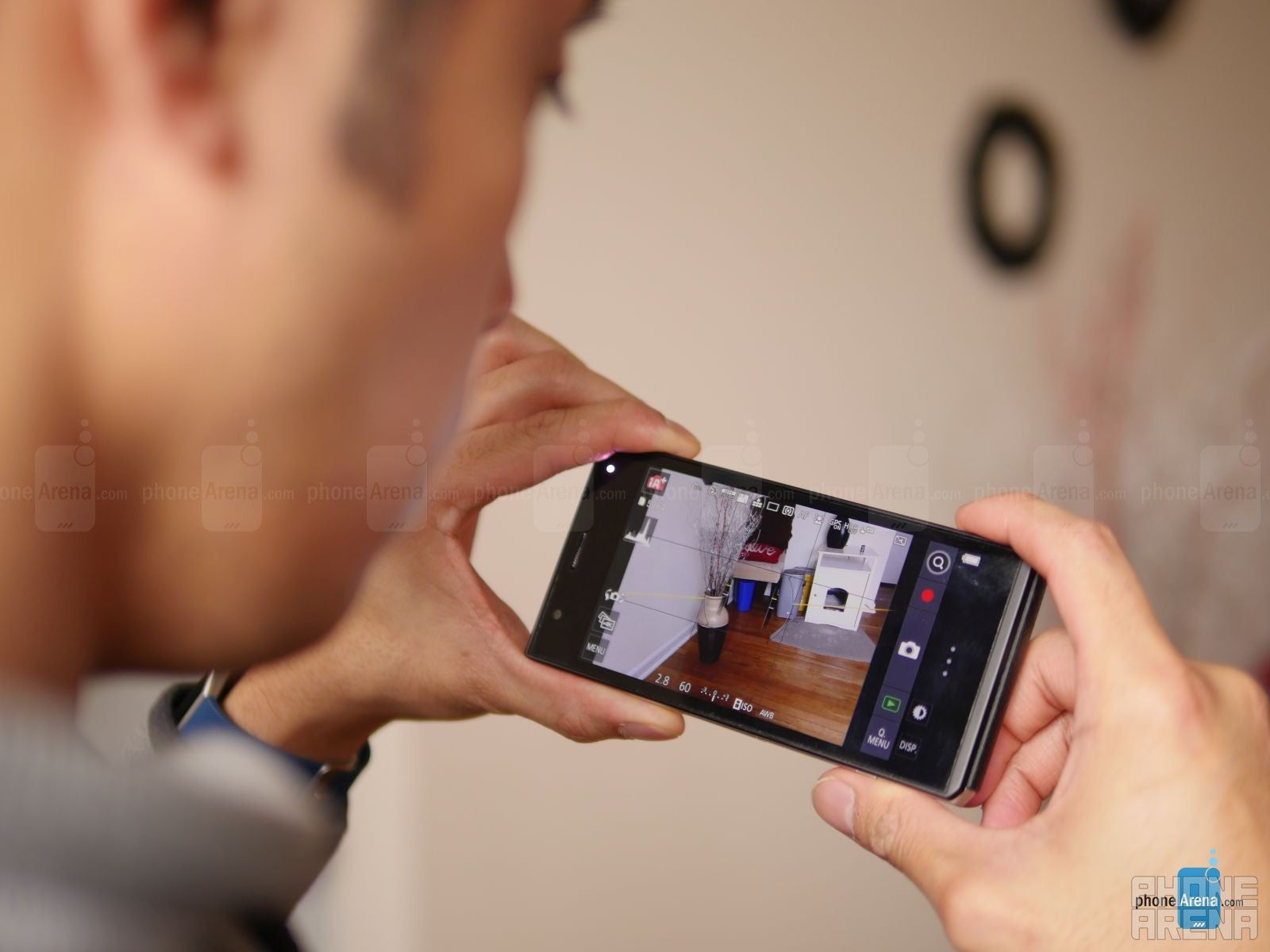
If you love Panasonic's cameras, you'll like this.
Pledging to be that ultimate hybrid smartphone, the CM1 doesn’t disappoint with its superb quality and tight handling of various shooting conditions. Using the automatic mode, it’s adept at capturing incredible detail in the scenery, but enthusiasts can achieve even greater results using the manual mode. Under low light, the CM1 certainly doesn’t disappoint either, as it composes images that aren’t inundated with too many degrading qualities. For the most part, details capture is sufficient, while at higher ISO levels, there’s a tendency for it to produce softer toned, grainier images.
One of the better hybrids out there
At the end of the day, I often wonder about whether or not the Panasonic CM1 is a legitimate contender in the smartphone space. For me, it definitely hits the mark with its excellent still image camera performance, but there are a handful of other smartphones that excel in this area as well – like the iPhone 6s, Samsung Galaxy S7, and many more. Over on the video side, we’ve already seen how the LG V10 has become the alternative for recording footage, since it includes those valuable manual controls.
Panasonic won’t be climbing the ladder in the smartphone market anytime soon, but the CM1 is certainly one of the better hybrid devices we’ve come across.
Follow us on Google News




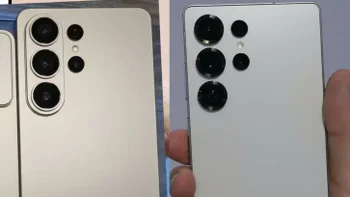








Things that are NOT allowed:
To help keep our community safe and free from spam, we apply temporary limits to newly created accounts: